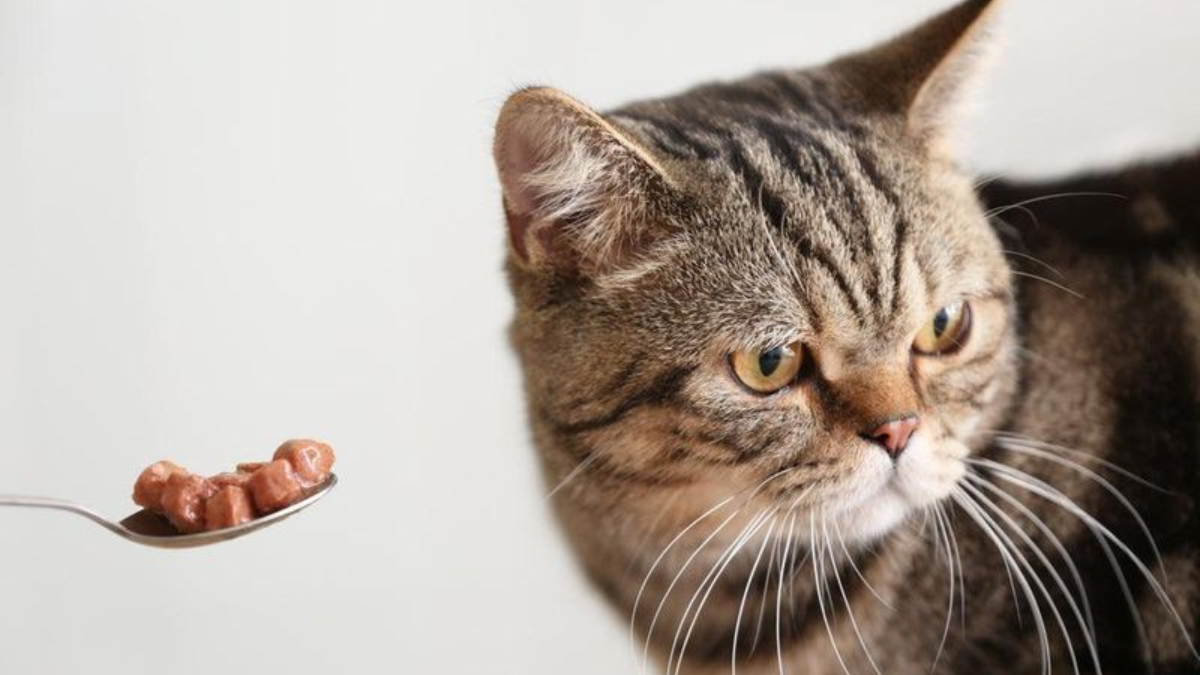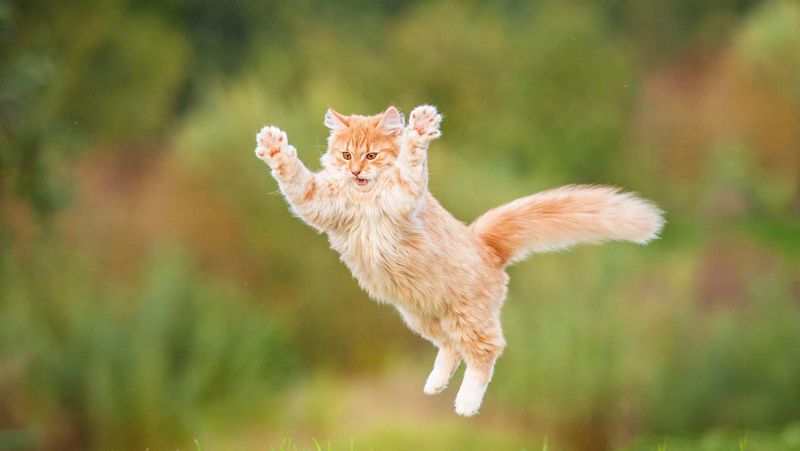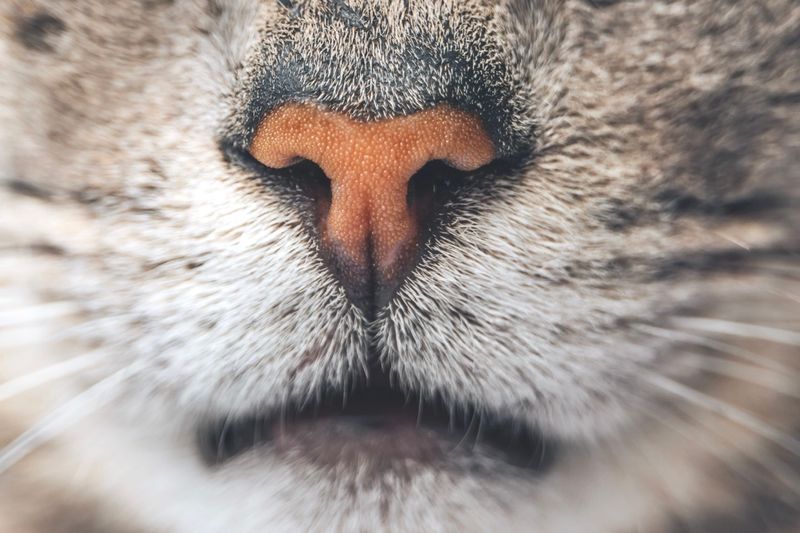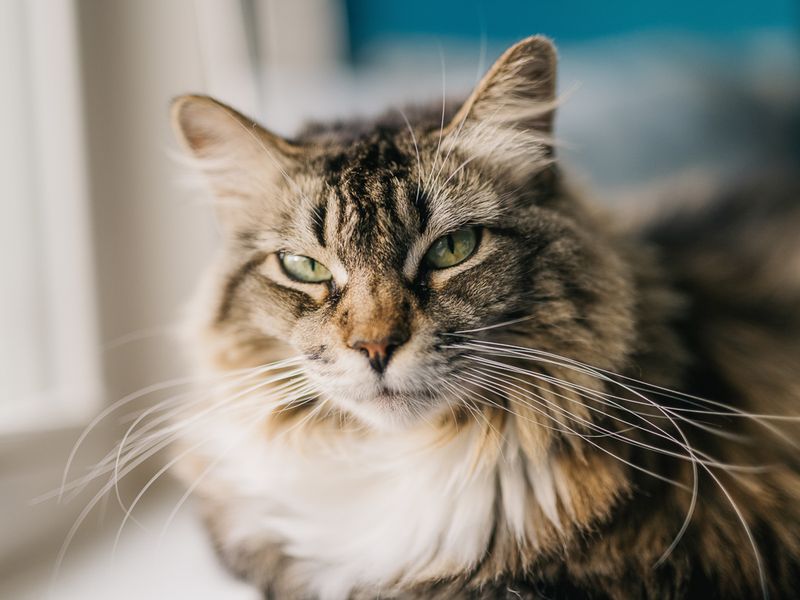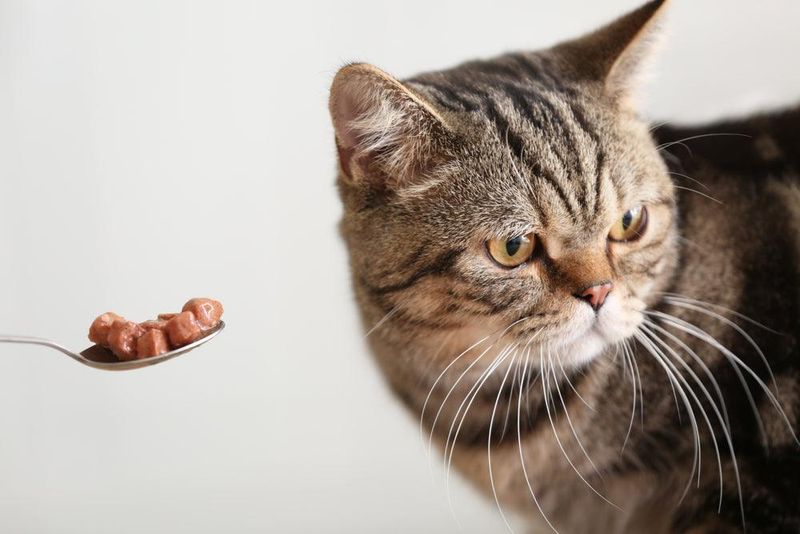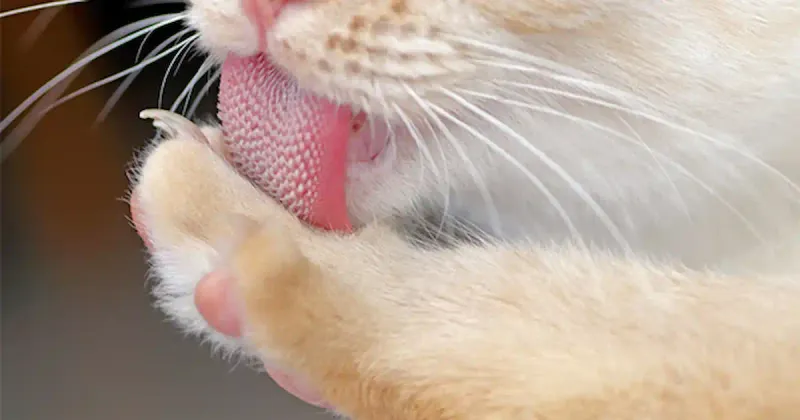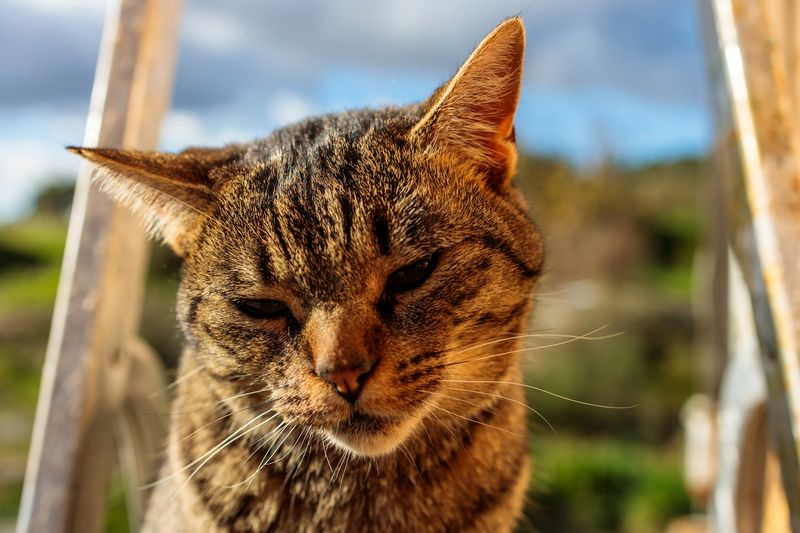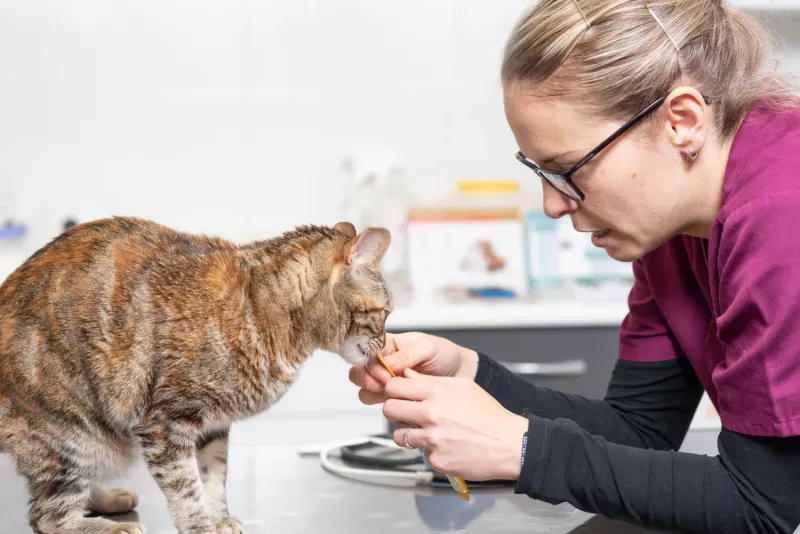📖 Table of Content:
Cats are often seen as picky, whether it’s about food, toys, or even where they nap. This behavior can seem frustrating or mysterious to those observing it. However, what looks like fussiness is often rooted in deeper biological and evolutionary factors.
Feline instincts have been shaped over thousands of years, leading to behaviors that prioritize survival and efficiency. Their heightened senses—especially smell and taste—play a critical role in determining what they accept or avoid. Even small changes in environment or routine can trigger cautious reactions.
Rather than stubbornness, selective behavior often signals a cat responding to its surroundings with precision. These patterns are influenced by past experiences, physical health, and innate preferences. Recognizing these underlying causes can lead to more effective care and improved well-being.
1. Evolutionary Hunting Instincts
Wild ancestors shaped modern cat preferences more than we realize. Unlike dogs which evolved as pack animals eating communal kills, cats developed as solitary hunters catching multiple small prey daily. This hunting pattern created a natural selectivity about food freshness and quality.
Temperature matters significantly to cats. Their ancestors needed to determine if prey was recently killed and safe to eat. This explains why many cats prefer room-temperature food rather than refrigerated leftovers.
The evolutionary safety mechanism helps explain why your cat might sniff suspiciously at food that’s been sitting out too long. These instincts remain hardwired in domestic cats despite thousands of years of domestication.
2. Superior Scent Detection
Cats possess approximately 200 million odor receptors in their nasal passages, dwarfing our mere 5 million. This extraordinary sense of smell means they detect subtleties in food, litter, and environments completely imperceptible to humans. What seems identical to us might smell entirely different to them.
Food companies understand this sensitivity, carefully formulating products with specific protein profiles and aromas that appeal to feline senses. Even slight changes in recipe or manufacturing can trigger rejection. Your cat might refuse a new batch of the same brand simply because the fat content varies slightly.
This exceptional olfactory ability extends beyond food choices to toys, bedding, and even human interaction preferences.
3. Texture Sensitivity Through Whiskers
Those prominent whiskers aren’t just for show. Technically called vibrissae, they function as sophisticated sensory tools that detect minute changes in their environment. Each whisker connects to specialized nerve endings that send detailed information directly to the brain about object textures, air currents, and spatial relationships.
When eating, cats use these whiskers to evaluate food consistency. The wrong texture can trigger what scientists call ‘whisker stress’ – discomfort when whiskers repeatedly touch bowl sides or food with unpleasant consistency. This explains why some cats scoop food onto the floor before eating or refuse certain kibble shapes.
Round bowls that crowd whiskers often cause more rejection than wide, shallow dishes that accommodate these sensitive appendages.
4. Neophobia: Fear of New Things
When your cat hesitates around something new, it’s not just being picky. Cats are hardwired to be wary of change because, in the wild, trying something unfamiliar could mean danger. That cautious pause is actually a smart survival trick passed down through generations.
Research shows that early socialization between two and seven weeks of age significantly impacts a cat’s openness to new experiences. Kittens exposed to varied foods, sounds, and environments during this critical period typically develop more adaptable personalities. Limited early exposure often results in more selective adult cats.
Gradual introduction techniques work best when dealing with neophobic cats, allowing them to investigate changes on their own terms rather than forcing acceptance.
5. Taste Bud Configuration
Feline taste physiology differs dramatically from ours. Cats have only around 470 taste buds compared to our 9,000, making their taste experience fundamentally different. Surprisingly, cats cannot taste sweetness at all – they lack the genetic coding for sweet taste receptors, reflecting their evolution as obligate carnivores with no biological need to detect sugars.
Instead, their taste buds specialize in detecting meat-related compounds. They have unique receptors for amino acids like alanine and proline that signal protein-rich foods. Water taste also differs – cats have special receptors that make water taste better after eating meat, encouraging proper hydration.
This specialized taste system explains why cats often reject plant-based foods or artificial flavors that attempt to mimic meat.
6. Previous Negative Experiences
A cat’s mind builds strong links between comfort and past experiences. If something once caused pain or discomfort, even briefly, that memory can stick. This protective behavior can be frustrating but reflects just how deeply cats rely on memory to stay safe.
Medical conditions often trigger these negative associations. If your cat became nauseous while eating a certain food (even if the food wasn’t the cause), it might permanently avoid that food. This phenomenon, called taste aversion, develops after just one incident and can persist for years.
Environmental factors matter too. Loud noises, other pets, or stressful situations during feeding can create negative associations that manifest as apparent pickiness.
7. Health-Driven Selectivity
Sudden changes in food preferences often signal underlying health issues. Cats instinctively avoid food when feeling unwell, much like humans losing appetite during illness. Dental problems frequently cause food rejection, as chewing becomes painful. Cats may approach food eagerly but then back away after the first painful bite.
Gastrointestinal disorders similarly alter eating habits. Inflammatory bowel disease, food allergies, or digestive upset can make previously enjoyed foods suddenly unappealing. Cats with these conditions might sniff food enthusiastically but then walk away, leaving owners confused about the apparent pickiness.
Thyroid function, kidney health, and even stress levels directly impact appetite and food preferences, making medical evaluation essential when established eating patterns change unexpectedly.
